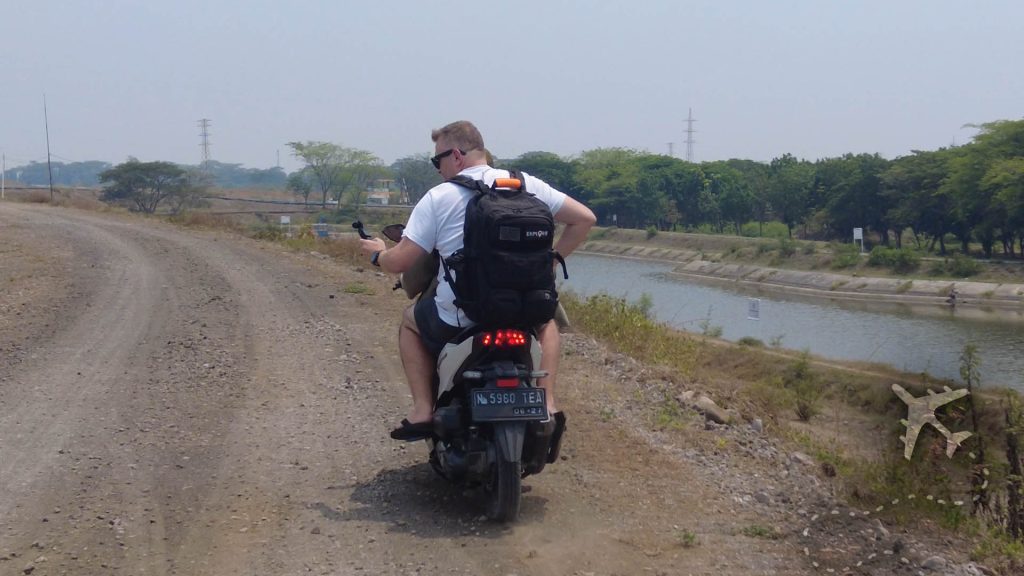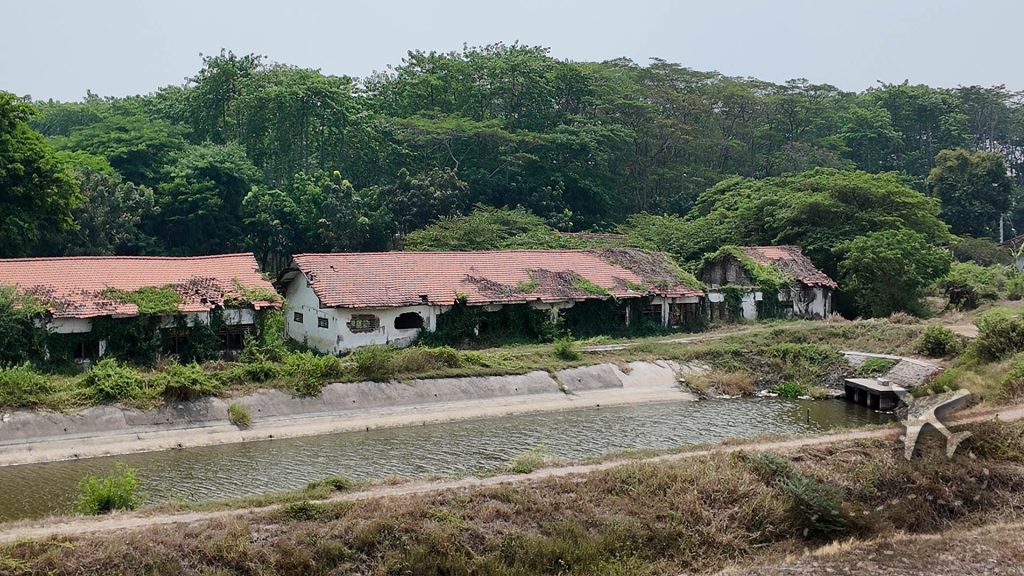- Your cart is empty
- Continue Shopping
A Fusion of Nature and Human Error

Nestled in Central Java, Indonesia, lies a volcanic phenomenon unlike any other—a sprawling mud volcano that has forever altered the landscape and the lives of those nearby. Known as the Lapindo Sidoarjo Mud Volcano, or simply “Lusi,” this geological marvel is a fusion of natural wonder, human error, and ongoing environmental catastrophe. Travelers and volcano enthusiasts prepare for a story of science, resilience, and transformation.
The Mud Volcano is Born: The Tragic Tale of Mother Nature vs Man
The Lapindo Mudflow began on May 29, 2006, near the village of Porong in Sidoarjo, some 30 kilometers south of the bustling city of Surabaya. Unlike traditional volcanoes that spew fiery lava and ash, Lusi oozes scalding mud at an astonishing rate. The trigger? A perfect combination of natural tectonic activity and tragic human error.

Indonesia sits on the Pacific Ring of Fire, where the Australian and Eurasian tectonic plates collide, creating a hotbed of geological activity under the surface. However, scientists believe the mud volcano’s eruption was exacerbated—or possibly caused—by human activities.
At the time, drilling operations by the Lapindo Brantas oil and gas company were underway. A well was drilled without sufficient safety measures, and when the drill punctured a pressurized aquifer, hot water and gas surged upward. The nearby fault lines allowed the mixture to breach the Earth’s surface, unleashing a relentless mudflow. Some debate persists over whether an earthquake days earlier also played a role, but the Lapindo company’s drilling is widely regarded as a significant factor leading to the birth of the Lusi Mud Volcano.
The Aftermath: Villages Buried, Communities Displaced
The eruption has been ongoing since its debut in 2006; Lusi’s mud volume has increased and decreased over the years and has expelled enough volume to bury New York City’s Central Park under a 40-meter thick layer of mud. The flow inundated entire villages, displacing over 60,000 residents. Schools, homes, factories, and farmlands vanished under dense, gray mud.
Efforts to control the flow, including containment dams and drainage canals, have been only partially successful. In the early years, attempts to plug the crater with heavy objects like concrete balls proved futile, highlighting the sheer force and unpredictability of the mud volcano.

The economic toll has been immense, with billions of dollars lost in damages, compensation payouts, and reconstruction efforts. For the affected communities, the disaster was not just a geological event but a personal and cultural tragedy, much like the 1962 Centralia Mine Fire.
Lusi Today: A Muddy Tourist Attraction
Nearly two decades later, the mud volcano continues to bubble and burp, albeit at a reduced rate. Today, Lusi has transformed from a disaster site into an unusual tourist destination.
Visitors can explore the area, marveling at the bubbling mud pools and surreal, lunar-like landscape. Guided tours offer insights into the science and history behind the phenomenon. Local entrepreneurs sell snacks, souvenirs, and even mud-based beauty products, showcasing the community’s resilience and ingenuity.
For adventurers and geoscience enthusiasts, Lusi is a stark reminder of the power of Earth’s forces and the consequences of human negligence.
What Makes Lusi Special?
While mud volcanoes exist in several places worldwide, Lusi’s scale and origin make it unique. It is the largest mud volcano in the world, a hybrid of natural tectonic activity colliding with human-induced activities. The mix of science, culture, and resilience has made it a case study for geologists and an intriguing destination for travelers looking for adventure off the beaten path.
Practical Tips for Visiting Lusi
Lapindo Sidoarjo Mud Volcano Uncensored
The Lapindo Sidoarjo Mud Volcano is a living, breathing reminder of Earth’s raw power and the delicate balance between human activity and nature. The site has a minimal draw, and tourism is largely absent. However, locals who experienced the initial eruption are willing and eager to talk to visitors and tell you first-hand stories of how an unfortunate series of events caused an eruption of mud that has and will continue to swallow everything in its path.
Whether you’re a geology buff or a curious wanderer, Lusi offers a journey into a story of a geologic marvel shrouded by dark tourism that is still being written, one bubbling mud pool at a time.




